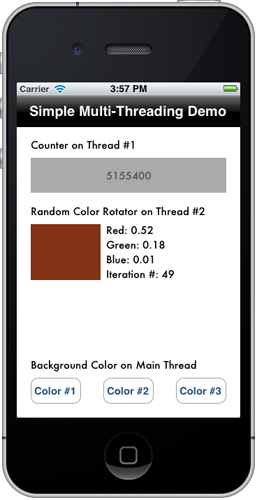Multi-tasking prevents apps from freezing. In most programming languages, achieving this is a bit tricky, but the NSOperationQueue class in iOS makes it easy!
This tutorial will demonstrate how to use the NSOperationQueue class. An NSOperationQueue object is a queue that handles objects of the NSOperation class type. An NSOperation object, simply phrased, represents a single task, including both the data and the code related to the task. The NSOperationQueue handles and manages the execution of all the NSOperation objects (the tasks) that have been added to it. The execution takes place with the main thread of the application. When an NSOperation object is added to the queue it is executed immediately and it does not leave the queue until it is finished. A task can be cancelled, but it is not removed from the queue until it is finished. The NSOperation class is an abstract one so it cannot be used directly in the program. Instead, there are two provided subclasses, the NSInvocationOperation class and the NSBlockOperation class. I’ll use the first one in this tutorial.
Here’s the goal for this tutorial: for each extra thread we want our application to create an NSInvocationOperation (NSOperation) object. We’ll add each object into the NSOperationQueue and then we’re finished. The queue takes charge of everything and the app works without freezing. To demonstrate clearly the use of the classes I mentioned above, we will create a (simple) sample project in which, apart from the main thread of the app, we will have two more threads running along with it.
